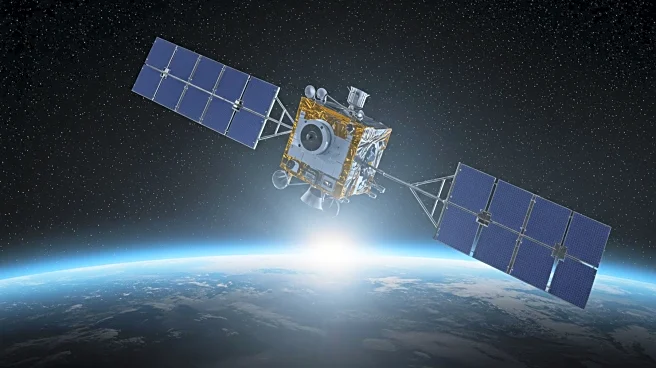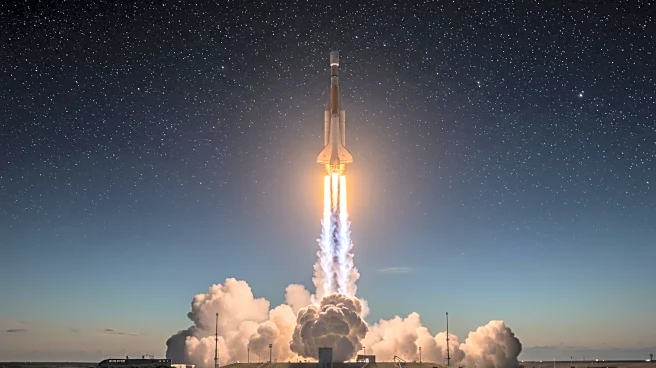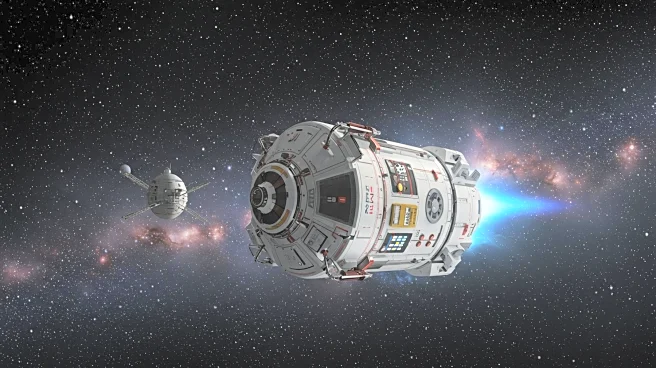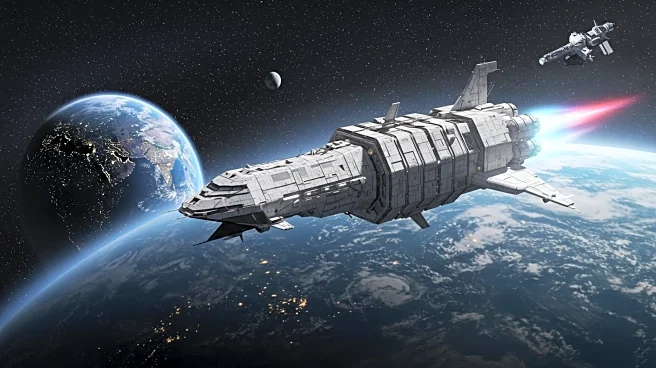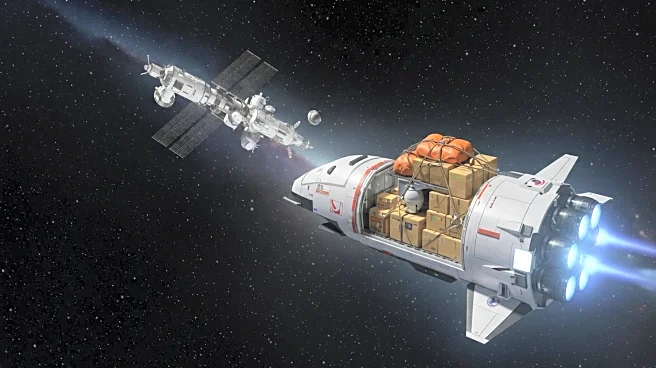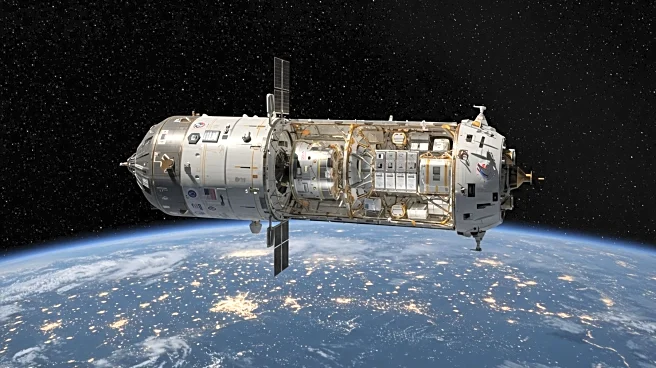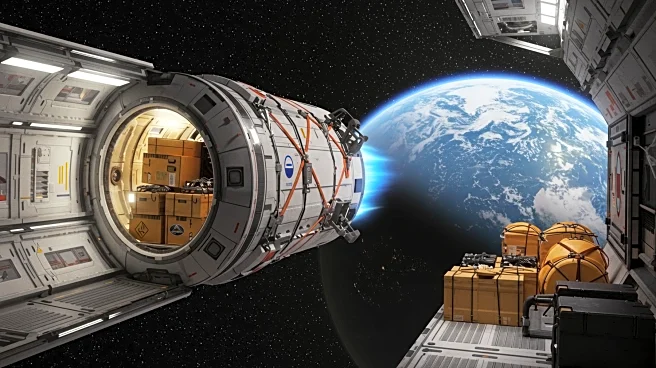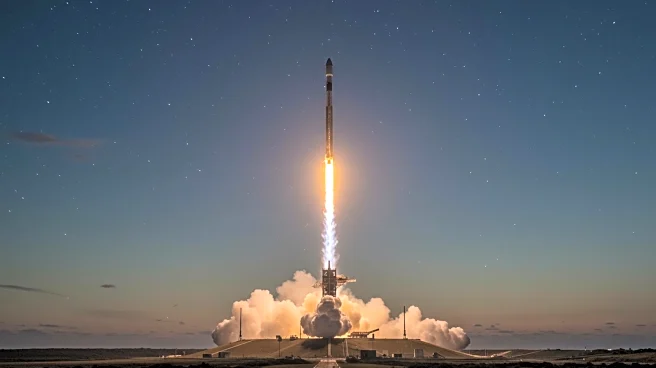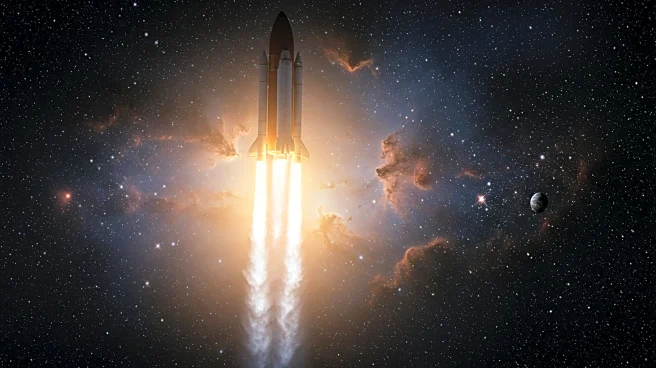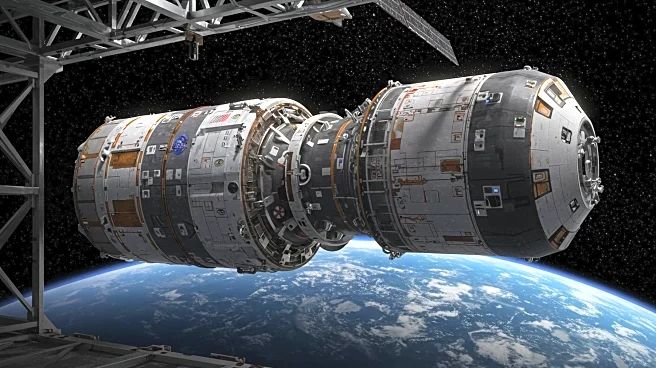What's Happening?
SpaceX has launched its 33rd commercial resupply mission, CRS-33, to the International Space Station (ISS), marking a significant advancement in commercial space exploration. The mission, which took off from Cape Canaveral aboard a Falcon 9 rocket on August 24, 2025, delivered over 2,300 kilograms of supplies and scientific equipment to the ISS. A key feature of this mission is the introduction of a boost kit designed to maintain the station's orbit, showcasing innovative orbit-raising technology. The Cargo Dragon spacecraft is scheduled to remain docked at the ISS for approximately four months, supporting various scientific and operational tasks. This extended stay underscores the mission's multifaceted roles beyond cargo delivery, emphasizing the importance of commercial partnerships in expanding human capability and knowledge beyond Earth.
Why It's Important?
The CRS-33 mission highlights the growing role of commercial entities in space exploration, particularly in supporting NASA's objectives. By introducing new technologies like the orbit-raising boost kit, SpaceX is contributing to the sustainability and efficiency of ISS operations. This mission exemplifies the shift towards resilient, commercially driven space operations, which are crucial for the future of space exploration. The collaboration between NASA and private companies like SpaceX is pivotal in advancing human presence in space, fostering innovation, and reducing reliance on international partnerships. The success of such missions can lead to improved cost efficiencies and expanded capabilities in space exploration, benefiting both scientific research and commercial interests.
What's Next?
The Cargo Dragon's extended stay at the ISS until December 2025 will allow for comprehensive testing and utilization of the new orbit-raising technology. This period will be crucial for assessing the effectiveness of the boost kit and its impact on the station's operations. Future missions may incorporate similar technologies, further enhancing the ISS's capabilities and paving the way for more ambitious space exploration endeavors. The continued partnership between NASA and SpaceX is expected to drive further innovation and collaboration in the commercial space sector, potentially leading to new opportunities in space-based manufacturing and exploration.
Beyond the Headlines
The introduction of innovative orbit-raising technology in the CRS-33 mission could have long-term implications for space exploration. As commercial entities continue to develop advanced solutions for maintaining and expanding human presence in space, ethical and legal considerations may arise regarding the use of space resources and the impact on international collaboration. The success of such missions may also influence public policy and investment in the commercial space sector, encouraging further development and exploration beyond Earth's orbit.
